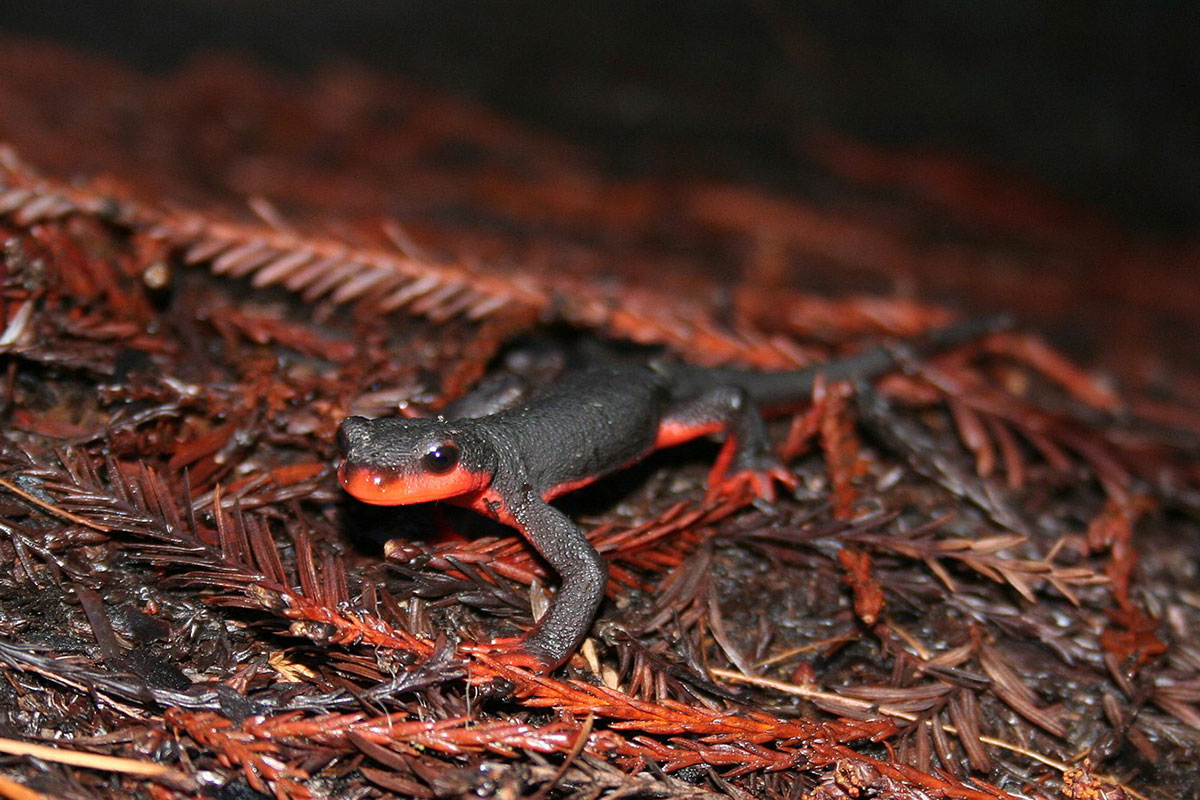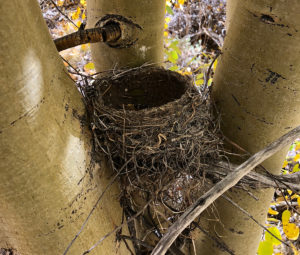Which Bay Area salamanders drop their tails when threatened, and how many times can an individual regrow its tail? —Ben, San Francisco
Well, Ben, when Billy Shakespeare had those witches in Macbeth call for an “eye of newt, and toe of frog” to complete a very special hell-broth recipe, I’m not sure he knew those amphibians could actually regrow those body parts. But they can. And scientists are researching exactly how they do it.
We humans can regrow our hair and nails (if we leave the quick), our epidermal skin layer, blood and bone marrow, intestinal mucosa, and some of our liver, and women regenerate the endometrium monthly. But if we lose an arm or a leg we are plain out of luck, with one minor (pun intended) exception—young children can regenerate at least the tip of a finger if a bit of the nail is left intact.
In the San Francisco Bay Area there are 11 species of salamanders, including three kinds of newts—the California, rough-skinned, and red-bellied. All salamanders are slow moving and therefore vulnerable to predation. So if a scrub jay attacks a red-bellied newt and partially eats or injures the critter, this newt, like tadpoles and most other salamanders, can regrow tails, legs, jaws, ears, hearts, spines, eyes, and even brains. So Ben, all our local salamanders can regrow body parts when lost. Gee, I wish I could regrow brain parts.
Let’s say the tail is severed. Immediately some specialized skin cells move to the wound site, seal it, and form a ridge called the apical endothelial cap. In response to molecular signals from the cap, other cells, including fibroblasts (structure-forming cells from skin and connective tissue) and muscle cells, migrate to the damaged area. There they dedifferentiate—revert to a less specialized state similar to embryonic cells—and form the bud of a new limb, called a blastema. As the blastema cells multiply, they grow into the outline of a new limb and once again differentiate into fibroblasts, muscle, bone, etc. This step is similar to embryonic development that occurs in utero in many creatures, including human beings. The difference here is that no matter what its age, the newt can regenerate almost any body part. Within weeks or months the animal has regrown a new tail.
But how many times can they do this? A very patient biologist in Japan conducted a 16-year study. He carefully removed the lens from the eye of a Japanese fire-bellied newt 18 times. And 18 times the newt regenerated a perfectly formed eye.
Researchers hope to apply this knowledge in helping humans regenerate body parts. There’s even an initiative at the University of Connecticut to regenerate a human limb by 2030. And where did I find out about all of this? From the newtspaper, of course.





